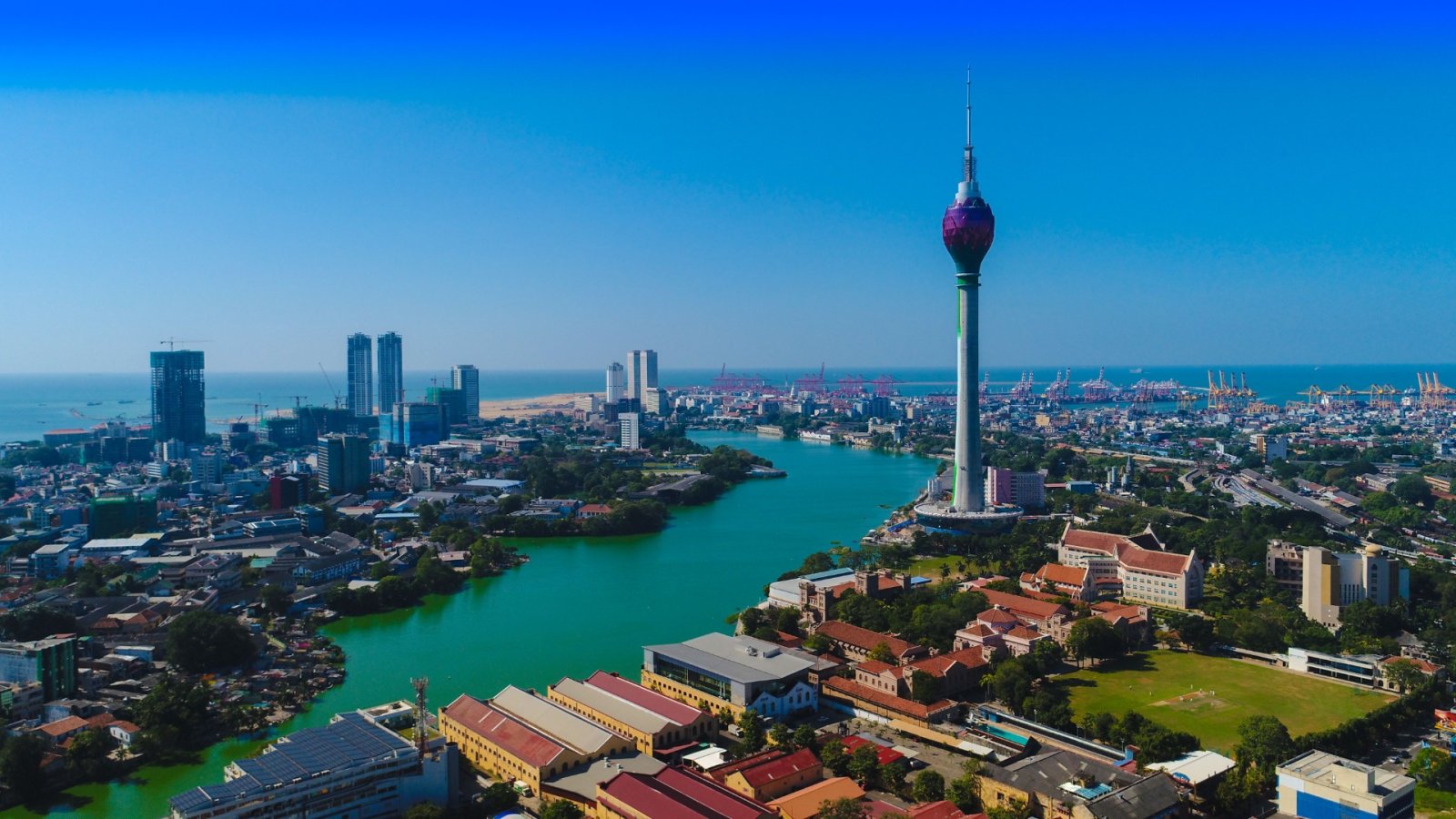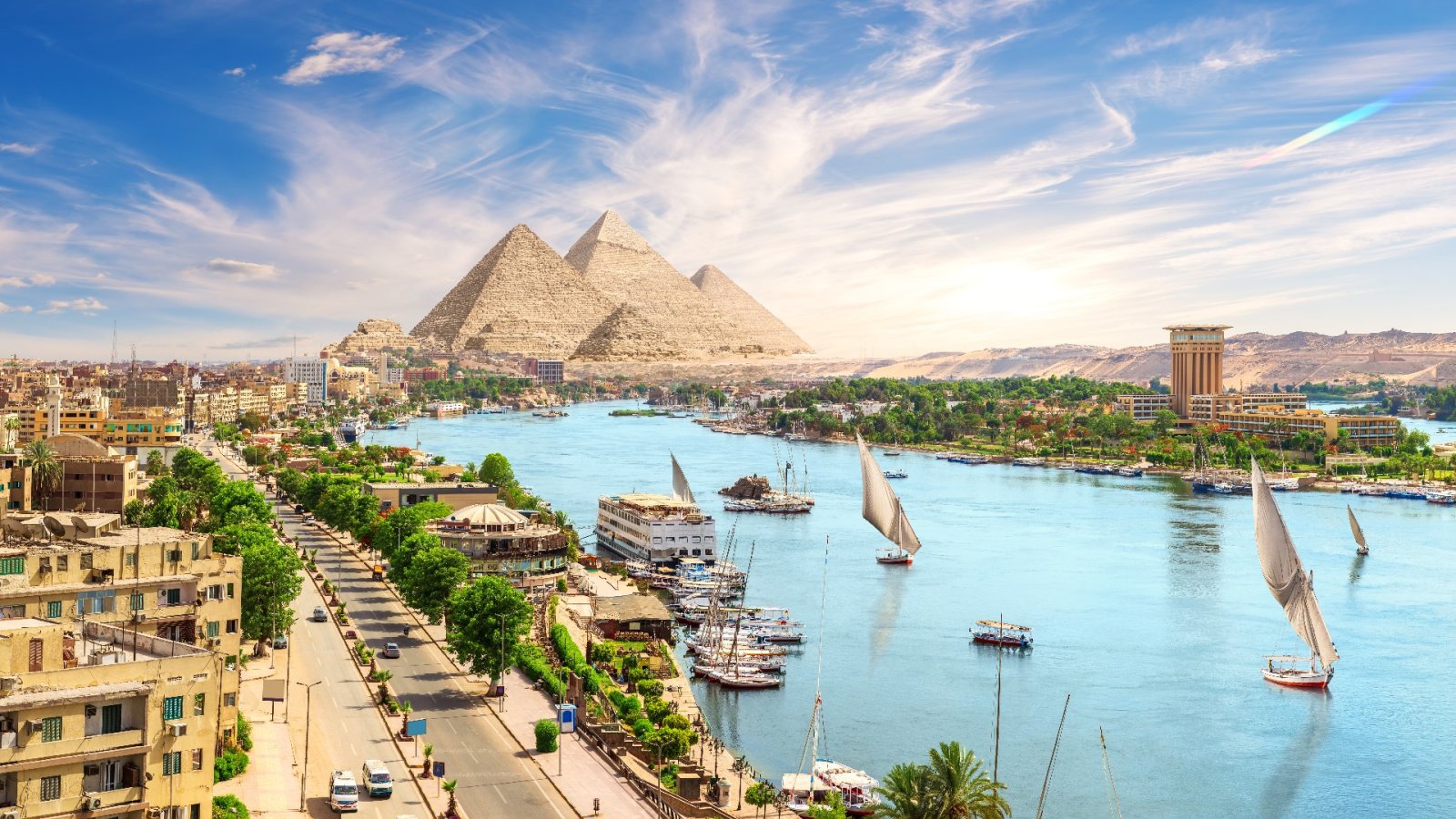It was just recently that Egypt's Ministry of Tourism & Antiquity launched the Holy Family Trail: 25 stops to enjoy and learn about if you're up to a holy journey.
For hundreds of years, the location has made miracles. So, what's it all about? At the Jabal al-Tayr's cave underneath the church, it is said that it's here that the Holy Family – Jesus, Mary, and Joseph – is thought to have rested after fleeing Bethlehem to escape King Herod's anger.
As documented in the Bible's Gospel of Matthew, King Herod had decreed the death of all of Bethlehem's baby boys, but an angel had appeared to Joseph in a dream, telling him to take his child and his wife and flee into Egypt. According to Coptic Christian tradition, based on the holy visions, the family would spend the next three-and-a-half years on the move, from Bethlehem to Egypt's Nile Delta then outlining the river to Upper Egypt.
In the hopes to support spiritual tourism and spotlighting the country's Christian claim to celebrity, Egypt's Ministry of Tourism & Antiquity has founded this Holy Family Trail. It points out 25 stops on the famous trail and includes some of the country's oldest homes of worship. You can see there the Church of the Blessed Virgin and the cave.
Of course, there are some important changes but there are also superficial ones. However, the Holy Family Trail is becoming more and more popular: and with it, the Nile Delta, Cairo, and Upper Egypt.
The Nile Delta
After following Egypt's Mediterranean coast from the city of Rafah to the classical port of Pelusium, the Holy Family trail takes you toward Cairo through the antique city of Bubastis. The family got a more generous welcome on the outskirts of Cairo, a town now destroyed by the city's sprawl. You can see a church built in the 12th-Century to enclose al-Mahamah - a well from which they have drunk and washed. This place is always surrounded by worshippers, some writing prayers on notes to be loaded into a nearby religious cave. So be ready to uncover the monastery's incredible medieval frescoes of Jesus' life.
Cairo
Now that you discovered the Delta, continue on the trail and get back to the edges of Cairo at Shagaret Maryam - or Mary's Tree, an old sycamore told to have given the Holy Family shade. In the complex that surrounds the tree, there's another well from which the family has drunk, and it's just a few meters from an inaugural plaque that was established very recently there. In the same area, there's an old trunk standing beside a low picket fence that guards the place against visitors' attraction to skin its bark or take its leaves as souvenirs - yes, this can happen.
In the historical Coptic Cairo, walk around the corner from Roman Babylon's Hanging Church to the 4th-Century Church of Abu Serga, constructed over the family's next significant stop. The church holds a holy shelter, which is considered to be among the family's favorite places of rest. This is among the trail's most sacred places. The site is neatly marked in Arabic and English for the masses that stop at the narrow stage of stairs guiding you down to the tomb where the family lived for three months.
The family's last Cairo stop was in today's green suburban neighborhood of Maadi. Here, they are believed to have walked the same steps that link the Church of the Virgin Mary to the Nile, where they boarded a papyrus boat and sailed toward the ancient city of Memphis and Al-Bahnasa, the latter the site of another ascetic corner.
Near this church, the old steps are blocked by a sealed iron gate, and a police ship is anchored nearby. Inside, there are icons of the Holy Family, but you can also see a glass-encased antique from a later date. This is a water-worn Bible taken from the Nile near the holy steps in 1976. What's interesting about it is that it was miraculously open to Isaiah 19:25: "Blessed be Egypt my people… "
Upper Egypt
If you get to the crossroad of Lower and Upper Egypt, you will be on the place where the Holy Family finally reached Jabal al-Tayr and the Church of the Blessed Virgin. But because of safety situations and long closures in the neighboring area made the region has hidden away since the 1990s. Most of the visitors passed by it on a train, between Luxor and Cairo. Luckily, it's now open and you can experience it. This stretch of the Nile south of Cairo has been anointed a fundamental priority place for those walking the Holy Family Trail. And it is full of historical temples, tombs, and churches, which really adds to its charm. But once you get off the train, you have to be in line with the protocol for all foreign visitors, so police officers may join you on the way.
However, be aware that the route is not an exact one, just like the line between history and myth. The exactness of the path is certainly shady and even the Ministry reports can be different when it comes to various stops, their order, or the exact address. Nevertheless, this could be super fun!






